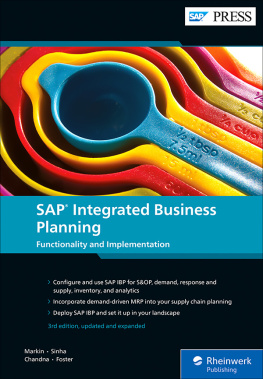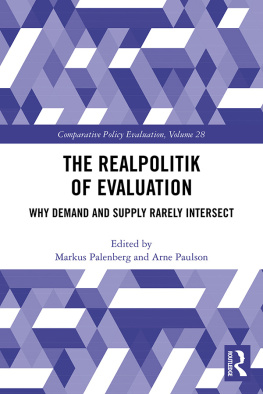As the authors of this book, were very interested to hear your thoughts. If you find the book helpful, please let us know. Alternatively, if you have any suggestions of ways to make the book better, were eager to hear that, too.
Finally, if youre unhappy with your purchase for any reason, let us know, and well be happy to provide you with a refund of the current list price of the book (limited to one refund per title per household).
For any of these purposes, please email Mike at .
Introduction
Like the other books in the in 100 Pages or Less" series, this book is based on the assumptions that:
- You want to gain a basic understanding of the books topic (microeconomics), and
- You want to achieve that basic level of understanding as quickly as possible.
For any students using this book in an academic setting: If your professor expects you to read a several-hundred-page textbook, please do not think that you can read this book instead and learn all of the same information. This book may serve as an introductiona way to get a grip on the basics so that the textbook is easier to understandbut its not meant to be a replacement for a comprehensive text.
For anybody interested in expanding upon the information contained in this book, additional resources can be found in .
What Is Economics?
Each of us has limited resources. We have neither the time nor the money to do everything we might want to do. So we must choose: Out of all the possible options, on what will we spend our money and time?
Economics is the study of how people make these decisions. It asks how individuals, families, businesses, and governments decide how to allocate their limited (i.e., scarce) resources. In other words, economics is the study of how people deal with scarcity.
Economics is also concerned with incentives and their impact on behavior. Because we each have scarce resources (e.g., money), were naturally motivated by the prospect of acquiring more resources. Economics looks at how this motivation to acquire more resources affects the decisions we make.
Macroeconomics vs. Microeconomics
Macroeconomics focuses primarily on decisions made by governments and trends in economic sectors in aggregate (e.g., housing, manufacturing, etc.), and the impacts of those decisions and trends on the overall national or global economy. For example, macroeconomics is often concerned with economic growth, unemployment, interest rates, and inflation. In contrast, microeconomicsthe topic of this bookfocuses on the decisions made by individual people, families, and businesses.
Microeconomics includes examination of marketsplaces (whether physical or online) where goods are exchanged between buyers and sellers (a.k.a. consumers and producers)though it also includes other topics beyond the scope of this book (e.g., most of game theory). Fundamental to the study of markets are the questions: How much of a given good will consumers purchase? At what price(s)? And how are those quantities and prices affected by other factors?
For example, microeconomics could be used to study and describe the market for beer:
- How sensitive are consumers to changes in price? Do they buy significantly more if beer goes on sale? Will they cut back consumption dramatically if the price goes up?
- How do beer purchasers respond when the economy takes a nosedive? Do they drink more, because times are bad? Do they cut back, because they have less income? Or do they simply shift from craft beers to mass-market beers?
- How do brewers decide how much beer to produce and at what price to sell it? What would happen to the quantity of beer produced and its price if there were many more or many fewer producers of beer?
Economics: An Imperfect Model
Economics can be used to understand and predict the decisions people and other economic entities (e.g., businesses, governments) make. Though the insights of economics can be useful, each stems from a specific, approximate model of how the world works, and these models (like the models used in other fields) naturally deviate to some extent from how the real world actually works in detail.
Not all economics models make the same assumptions. In this book, we focus on basic models that assume economic entities are rational, have all relevant information for decision-making, and are able to fully understand and process that information. Assumptions like these obviously do not always hold in the real world. And other branches of economics not covered in this booklike behavioral economicsdepart from them.
However, in order to best understand other areas of economics that make other assumptions, it helps to start with the basic models, however simplistic they may be.
Economics is also imperfect (or incomplete) in that it is not the only lens through which to view the world and judge the correctness of behaviors and outcomes. As we will explore, economics provides valuable tools to help individuals, businesses, governments, and other entities extract the greatest value their resources will allow. But economics does not generally deal directly with other important concepts like justice and equity, and it is sometimes at pains to explain cultural conventions (like the giving of birthday gifts instead of cash).
A strong understanding of economics includes facility with the models and concepts it offers, as well as an appreciation of their imperfections and limitations. We will highlight some of these limitations throughout this book and return to them in the conclusion.













